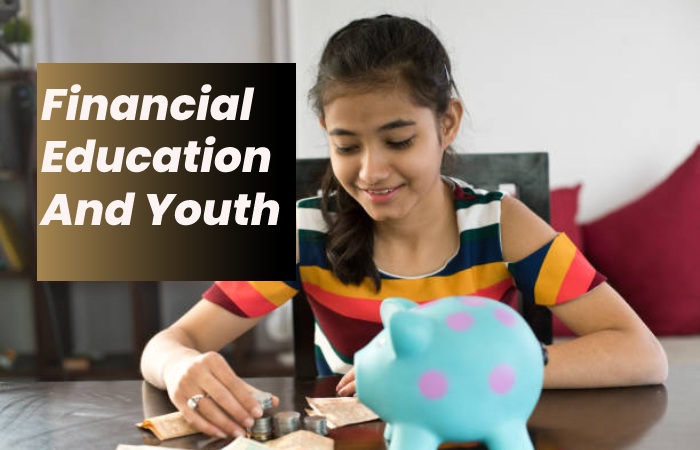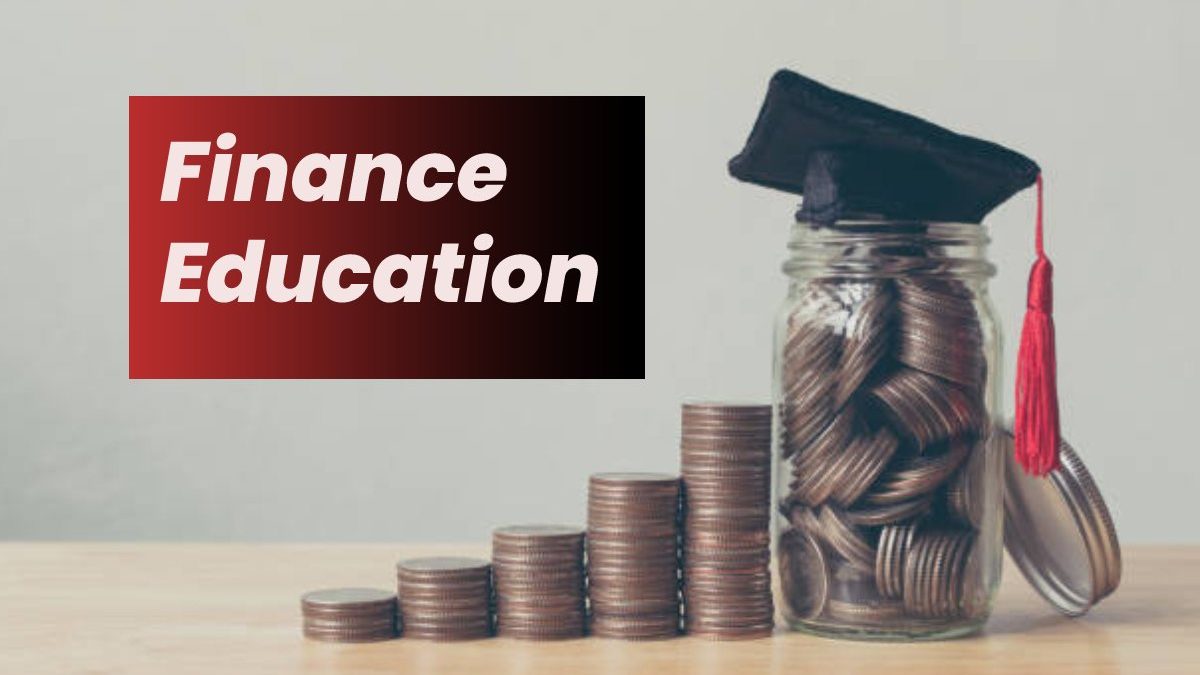Financial education allows one to understand and effectively use numerous financial skills, including personal financial management, budgeting, and investing. The import of financial education is the foundation of your relationship with money and is a lifetime learning journey. The earlier you start, the well-off you will be because education is the key to success when it comes to money.
Financial education is a long-term progression. Constructing it into prospectuses from an early age permits children to obtain the knowledge and skills to make responsible economic behavior during each stage of their education. It is crucial as parents may be ill-equipped to teach their children about money, and levels of financial literacy.
Table of Contents
Financial Education And Youth

- Financial education is the leading life skill for contributing to modern society. Children grow up in an increasingly compound world where they ultimately need to take charge of their financial future.
- National surveys show that young adults have the lowest levels of financial literacy. It is reflected by their general inability to choose the right financial products and often a lack of interest in complete financial preparation.
- Even since from early age, children need to progress the skills to help them choose between different career and education options and manage any discretionary funds they may have, whether from allowances or part-time jobs. These funds may require the use of savings accounts or bank cards.
- The OECD’s Principles and Good Performs for Financial Education and Awareness recommend that financial education start early and be taught in schools. The prospectus is a fair and efficient policy tool that counts financial education as part of the school.
OECD Pisa Valuations of The Financial Literacy of Students
- May 2017 – PISA 2015 Grades: Students’ Financial Literacy discovers students’ understanding of and knowledge about money and provides an overall picture of 15-year-olds’ ability to apply their accumulated knowledge and skills to real-life situations involving financial issues and decisions.
- July 2014 – PISA 2012 Grades: Students and Money presents the first financial literacy assessment of 15-year-old students in 18 countries and economies. It provides a unique international target for young people’s financial literacy level.
APEC Commendation
- Finance leaders at the 2012 Asia-Pacific Economic Cooperation (APEC) Ministerial Conference accepted a policy statement. That recognizes the importance of financial education in schools and encourages APEC members.
- To use the OECD’s High-level Principles on National Strategies for Financial Education, Guidelines for Financial Education in Schools and other methodologies and tools.
- The report encourages APEC economies to consider participation in the Financial Literacy Measurement Programmed for International Students Assessments in 2015.
Considerate Financial Literacy
- In earlier decades, financial products and services have to convert increasingly extensive throughout society. Whereas previous generations of Americans may have bought goods principally in cash, various credit products, such as credit and debit cards and electronic transfers, are popular today. A 2021 survey by the Federal Reserve Board of San Francisco revealed that 28% of all payments were via credit card, with only 20% being made in cash.
- Being financially illiterate can lead to many pitfalls, such as being more likely to accumulate unsustainable debt burdens, or a lack of long-term preparation. Moreover, it can lead to poor credit, bankruptcy, housing foreclosure, and other negative consequences.
Scope of Financial Literacy
- Although many skills might fall under financial literacy, examples include household budgeting, learning how to manage and pay off debts. And evaluating the trade-offs between different credit and investment goods. These services often require at least a working knowledge of critical financial concepts. Such as compound interest and the time value of money.
- Other products, such as mortgages, student loans, health insurance, and self-directed investment accounts, have also grown in importance. It has made it even more imperative for individuals to understand how to use them responsibly.
Strategies to Improve Your Finance Education and Literacy Skills
Developing financial literacy to improve your finances involves learning and practicing various skills. It is related to budgeting, managing and paying off debts. And understanding credit and investment products. Here are several practical strategies to consider.
1. Create a Budget
Track how much money you collect each month, and how much you spend on an Excel sheet, or with a budgeting app. Your budget should include income (paychecks, investments, alimony), fixed expenses (rent, payments, utilities, loan payments), discretionary spending, and also, savings.
2. Pay Yourself First
For savings, this reverse budgeting strategy involves choosing a savings goal. Deciding how much you want to contribute toward it each month. And setting that amount aside before you divvy up the rest of your expenses.
3. Pay Bills Promptly
Stay on the highest monthly bills, ensuring that payments arrive consistently on time. Consider taking the benefit of automatic debits from an inspecting account or bill-pay app and sign up for payment notices by email, phone, and also by text.
4. Get Your Credit Report
Once a year, customers can request a free credit report from the three main credit bureaus. Through the federally created website AnnualCreditReport.com.
Conclusion
Hence, Financial education is the area of economic education focused on helping us manage our money in the best, most efficient way possible. Therefore, the growth of a country’s personal and collective financial culture is fundamental to implementing effective economic policies and improving each individual’s quality of life.
Also Read – Koalafi Finance – About, Practice, Features and More

